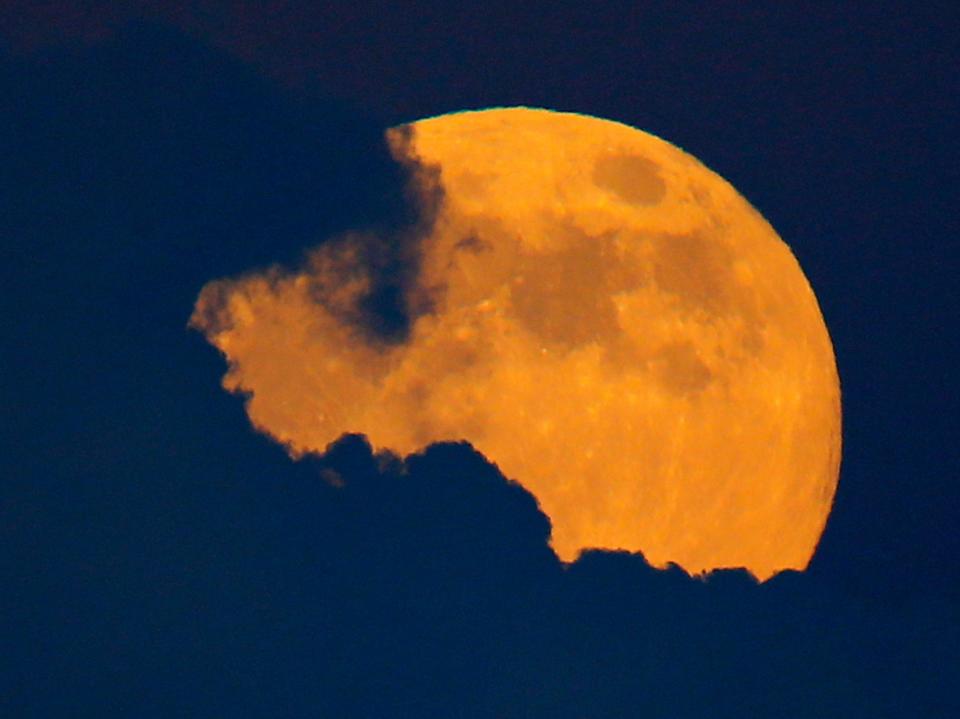The 2023 harvest moon is also the last supermoon of the year. Here's the best time to see it when it rises Friday.
The last supermoon of the year will occur on Friday, September 29.
A supermoon can appear up to 14% larger and 30% brighter than other times.
This next supermoon is also a harvest moon.
Get ready, Friday — September 29 — will be the last supermoon of 2023. It's also this year's harvest moon, which is the full moon that occurs closest to the first day of autumn.
A supermoon is a type of full moon that can appear up to 14% bigger and 30% brighter than the faintest moon of the year. That's because it's at its closest point to Earth, named the perigee, according to NASA.
While Friday's supermoon won't be the biggest of the year — that prize went to August's blue supermoon — it will still be larger than average and worth seeing.
"The difference between this full moon and the supermoon in August is only 4,370 km (2,715 miles), so it will be very close to that 14%/30% value for the largest full moon of the year," said Noah Petro, a project scientist for NASA's Lunar Reconnaissance Orbiter, in an email to Insider.
Do harvest moons look bigger?
"Harvest moons occur around this time of year and are so-named because for several days a nearly full moon rises around sunset," Patrick Hartigan, a professor of physics and astronomy at Rice University, told Insider.
Farmers harvesting crops in the northern hemisphere would have more light to work by after sunset.
Normally, each day's moonrise will be 50 minutes later than the night before. But around the harvest moon, the delay drops by several minutes, depending on your location: to 24 minutes in Chicago and 17 in Seattle, Hartigan said.
"The impression is that the full moon is hanging around the horizon right after sunset for several days in a row," he said.
"There is also an optical illusion that the moon appears larger when it is near the horizon," Hartigan said. "Combined with the small supermoon effect this will all lead to a lovely harvest moon season in 2023."
Why does a harvest moon look red or orange?
While this supermoon won't be quite as close or bright as August's, it may appear deep yellow, orange, or red, especially when it first rises from the horizon.
The moon only appears to change color when it is rising or setting over the horizon or during a lunar eclipse, Petro said. It's the same reason we have red sunrises and sunsets. "The Earth's atmosphere scatters light except for the red/orange colors," he said.
Atmospheric conditions such as clouds, smoke, or dust can change the color the moon takes on and how bright it appears.
The best time to see the harvest supermoon is at moonrise

Moonrise is the best time to experience the sheer size of a supermoon.
When the moon is near the horizon, such as during moonrise, foreground objects like trees and rocks can provide a sense of scale.
As a result, the moon looks the largest around this time than any other, according to NASA. And a supermoon can look especially impressive.
So, the best time to see this year's harvest supermoon is right around moonrise, which is at about 7 p.m. local time. You can check exactly when moonrise is for your location on September 29 on TimeandDate.
Read the original article on Business Insider

 Yahoo News
Yahoo News 
